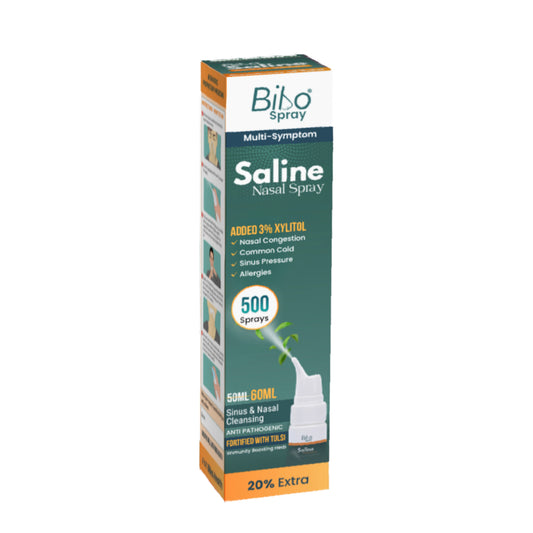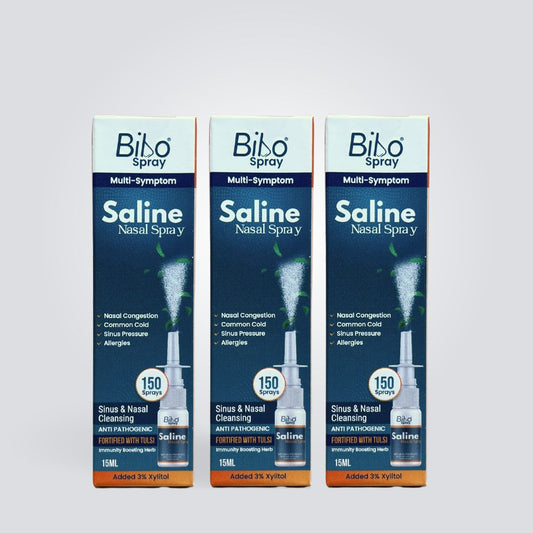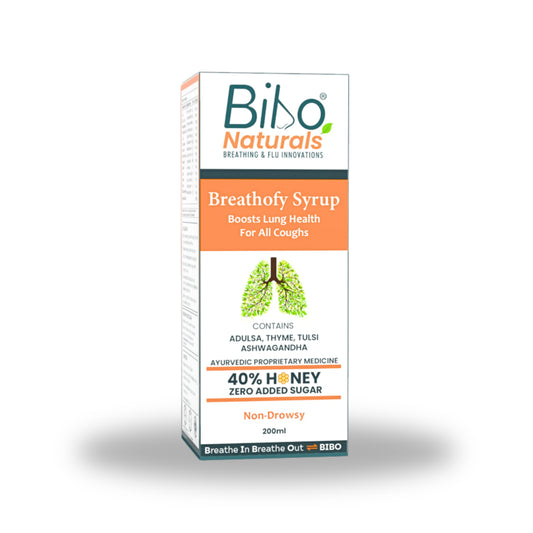
Wheezing is the high-pitch whistling sound heard when the airways are partially blocked, which can be due to an allergy, cold, nasal blockage, or an underlying disease condition such as asthma, bronchitis, COPD, pneumonia, heart failure, etc.
When wheezing is due to allergies, nasal blockage or cold, it will go away on its own.
Wheezing can be heard by the human ear, but sometimes it requires a stethoscope. It is more common when you breathe out (exhale) than when you breathe in (inhale). The tone can range from a hoarse sound to a fine-tune depending upon the area that is blocked.
Who is more prone to wheezing?
Anyone can develop wheezing. It is more common in patients with asthma. It is quite often in infants because their airways are small, and they are more susceptible to catching infections due to poor immunity.
Causes:
It can be due to several factors-
- Common cold- the symptoms associated with the cold such as nasal blockage, congestion, runny nose and inflammation of the nasal passage.
- Allergies- allergens such as dust mites, pollen grains, house dust, cockroaches, animal fur, plants and grass.
- Smoking- it can cause the airways to constrict which causes wheezing.
- Asthma- is the chronic inflammation of the airways which leads to the narrowing of the airways. Wheezing is triggered by exposure to allergens, cold air, emotional status, and occupational status.
- Drugs or medicines such as Aspirin and other NSAIDs.
- COPD- is the chronic obstruction and inflammation of the airways primarily caused by excessive smoking.
- Bronchitis- is the inflammation of the bronchial tubes that carry oxygen to the lungs.
- Emphysema- is a condition in which the air sacs (alveoli) in the lungs are damaged. It is commonly caused due to long-term smoking. Other causes include inhaling lung irritants.
- Pneumonia- is the inflammation of the lungs caused by a viral or bacterial infection. It results in fluid or pus accumulation in the alveoli. This can be life-threatening, especially in younger children and elderly individuals.
- Heart failure- It may cause fluid accumulation in the lungs, which may cause symptoms similar to asthma.
- Cystic fibrosis- Is an inherited disorder that affects the lungs and digestive system. It mainly affects the mucus-producing cells, which leads to the thickening of the mucus. This thick mucus blocks the airways.
- Aspiration of foreign particles such as a coin or some irritants
- Dysfunction of the vocal cords.
- GERD- the acid reflux in GERD can cause inflammation and constriction of the airways leading to GERD wheezing.
- Anaphylaxis- is a hypersensitive allergic reaction to an allergen (such as a bee sting) or medication.
- Bronchiolitis- is the inflammation of the airways. It is common in young children.
- Obstructive sleep apnea-it is a sleep disorder characterized by repeated episodes of obstruction or collapse of the upper airways.
- Viral infections- commonly due to respiratory syncytial virus
Diagnosis:
Wheezing can be heard without any hearing aid. But sometimes, a stethoscope is used.
Other diagnostics include
- Chest X-ray- to examine the structure of the lungs and airways. It gives a clear picture of the area that is narrowed.
- Lung function tests- To examine the breathing capacity
- Blood test- to check the blood oxygen levels to determine the functional capacity of the lungs.
The physician may ask for other symptoms associated with wheezing to treat the root cause.
Treatment:
Wheezing is a symptom associated with narrowing airways. There are several factors contributing to wheezing. Hence, it is better to treat the root cause of it.
- Blocked nose- the physician may prescribe you a saline nasal spray, antihistamine, and corticosteroid-based nasal spray or oral medications.
- Asthma- if wheezing is due to asthma, your physician may prescribe you a bronchodilator or corticosteroid inhaler. Oral medications such as montelukast (leukotriene receptor antagonist) can also be prescribed to relieve the symptoms associated with asthma.
- Bronchitis- when wheezing is caused by bronchitis, a bronchodilator inhaler and antibiotics may be prescribed.
Similarly, specific medicines will be prescribed according to the root cause.
Home remedies:
- Steam inhalation can help open the narrowed or blocked airways.
- Breathing exercises- simple breathing exercises such as nasal breathing, Papworth method of breathing, Buteyko breathing, pursed-lip breathing and diaphragmatic breathing help improve the airflow to the lungs.
- If you are unable to perform these exercises, then simple deep breathing will help you improve your airflow.
- Swimming- the moist and moist air in the swimming pool helps to open up the airways.
- Walking helps to improve overall health.
- Herbal tea
- Avoid smoking
- Use an air purifier
- Humidifier to keep the air moist
- Drink warm fluids to keep your airways open
It is advised to see a doctor when wheezing is associated with
- Shortness of breath
- Fever
- Chest tightness
- Cough
- Swelling of legs
- Voice loss
- Rapid breathing




